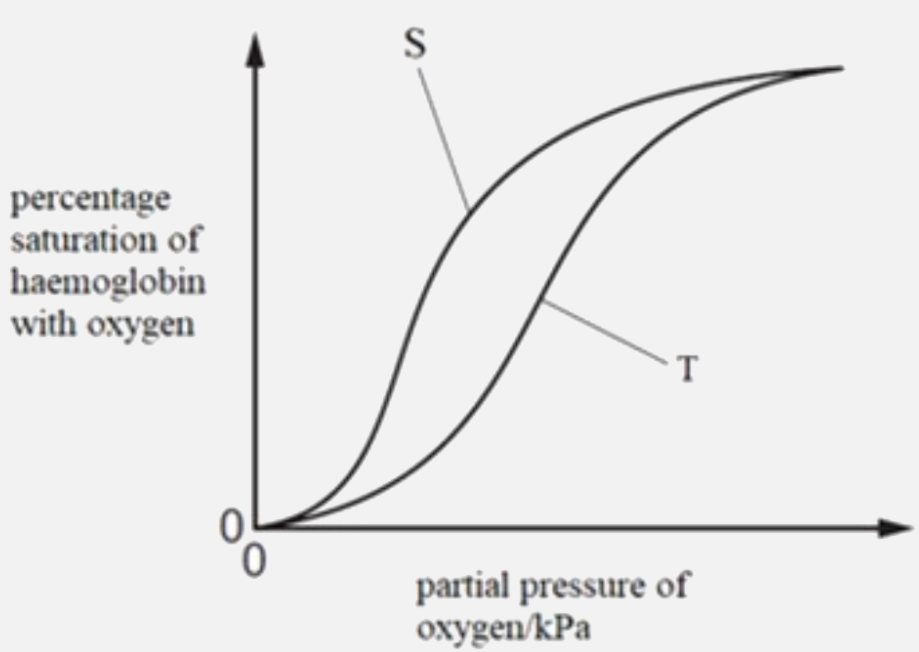Species is a
Closely related interbreeding population
Closely related non-breeding population
Taxonomic genera of same species
none
The correct Answer is:C
Step-by-Step Solution:
1. Understanding the Definition of Species: A species is defined as a group of organisms that are closely related and can interbreed, producing fertile offspring. This means that members of the same species share similar characteristics and genetic makeup.
2. Analyzing the Options:
- Option 1: "Closely related interbreeding population" - This aligns with the biological definition of a species.
- Option 2: "Closely related non-breeding population" - This does not fit the definition since non-breeding populations cannot be classified as a species.
- Option 3: "Taxonomic genera of same species" - This option is misleading because genera encompass multiple species, not just one.
- Option 4: "None of the above" - This option is incorrect as option 1 is valid.
3. Conclusion: Based on the analysis, the correct answer is the first option, which states that a species is a "closely related interbreeding population."
4. Additional Information: The concept of species is also important in the context of binomial nomenclature, where the first part of the name represents the genus and the second part represents the specific name of the species.
5. Understanding Speciation: The process by which new distinct species arise from evolutionary changes is called speciation.
Final Answer: The correct answer is: Closely related interbreeding population.
---
- Option 1: "Closely related interbreeding population" - This aligns with the biological definition of a species.
- Option 2: "Closely related non-breeding population" - This does not fit the definition since non-breeding populations cannot be classified as a species.
- Option 3: "Taxonomic genera of same species" - This option is misleading because genera encompass multiple species, not just one.
- Option 4: "None of the above" - This option is incorrect as option 1 is valid.
Topper's Solved these Questions
- BIODIVERSITY AND CONSERVATIONBOOK - AAKASH SERIESCHAPTER - BIODIVERSITY AND CONSERVATIONEXERCISE - EXERCISE-I The Importance of Species Diversity to the Ecosystem
9 Videos
- BIODIVERSITY AND CONSERVATIONBOOK - AAKASH SERIESCHAPTER - BIODIVERSITY AND CONSERVATIONEXERCISE - EXERCISE-I Loss of Biodiversity
28 Videos
- ANIMAL KINGDOM BOOK - AAKASH SERIESCHAPTER - ANIMAL KINGDOM EXERCISE - EXERCISE -III (Previous AIPMT/NEET Questions)
35 Videos
- BIOLOGICAL CLASSIFICATIONBOOK - AAKASH SERIESCHAPTER - BIOLOGICAL CLASSIFICATIONEXERCISE - EXERCISE-III (Previous AIPMT/NEET Question)
37 Videos
Similar Questions
the formation of two species from one species is called
View SolutionAssertion: Members of a species are reproductively isolated from others belonging to other species.
Reason: Species is the basic taxonomic category.
View SolutionWhich of the following species is paramagnetic ?
View SolutionThe graph shows the oxygen dissociation curves of haemoglobin from two species of mammals, s and T .

Which statements could explain the difference in the oxygen dissociation curves of species S and species T ?
I. Species T has higher haemoglobin concentration in its red blood cells than species S.
II. The haemoglobin in species T has a lower affinity for oxygen than the haemoglobin in species S.
III. Species T may be living at a higher altitudes than species S.
View SolutionWhy introduction of exotic species has an adverse effect on the native species?
View SolutionThe pair of species having identical shapes for molecules of both species is ?
View SolutionThe interaction where only one species is benefitted and detrimental to the other species is
View SolutionFitness of one species is significantly lower in the presence of another species in case of
View SolutionTaxonomically a species is :−
View SolutionWhich of the following species is not paramagnetic?
View Solution
